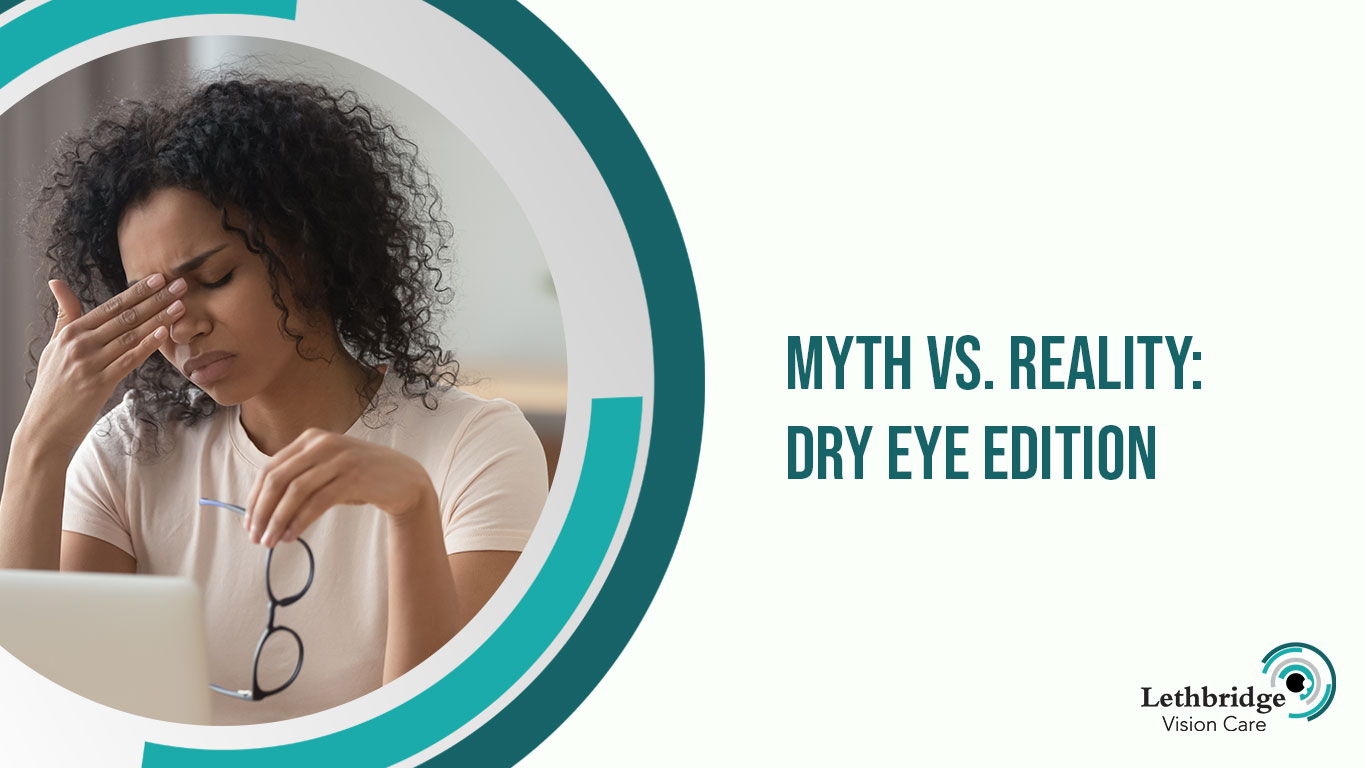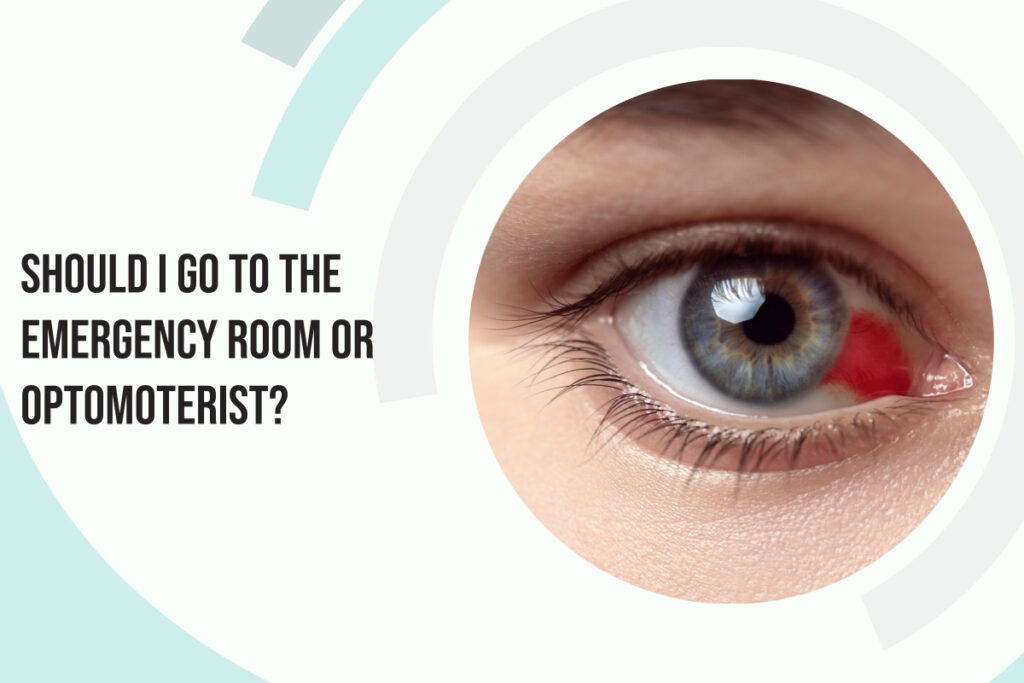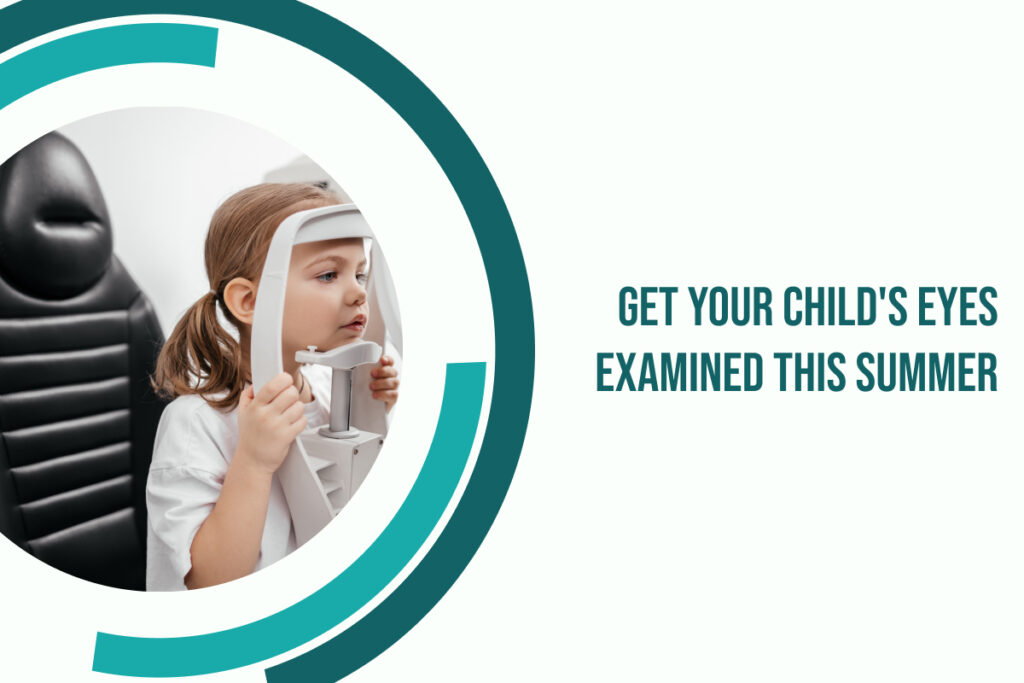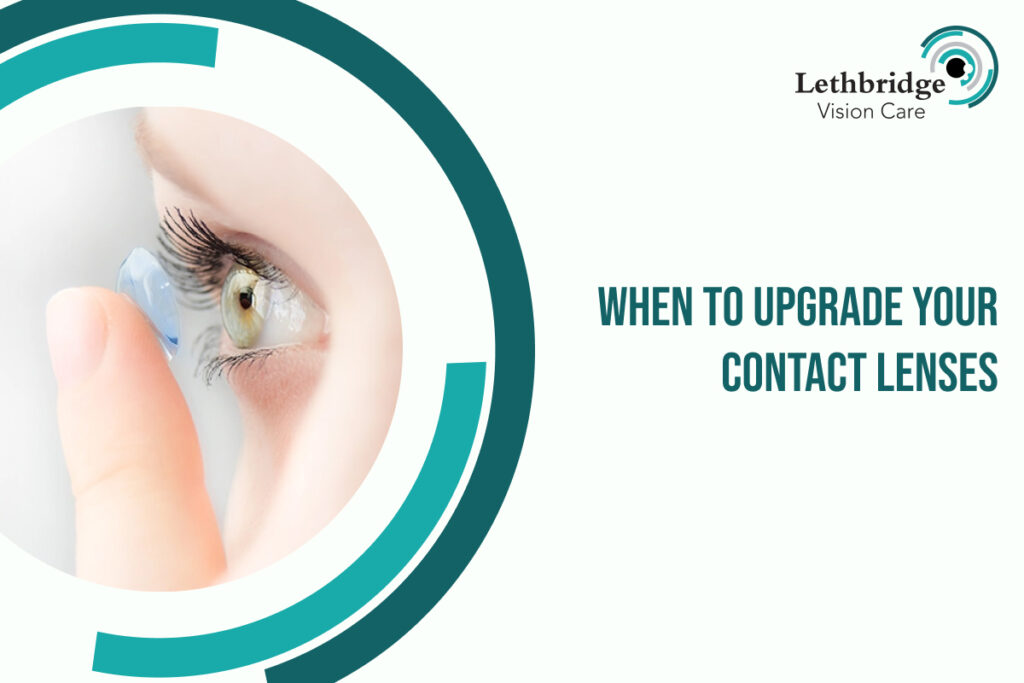Dry eye syndrome, medically known as keratoconjunctivitis sicca, is often trivialized as a mere inconvenience. However, it is a complex condition that can significantly affect your quality of life and, in some cases, vision.
Ready to learn more about dry eye symptoms? Here, we will explore and debunk some of the most common myths surrounding dry eye syndrome.
Myth 1: Dry Eye is Just a Minor Annoyance
While it may seem like a minor issue, dry eye can be much more than just an annoyance. It is a recognized medical condition that occurs when the eyes do not produce enough tears or when the tears are not consistent. Symptoms can range from mild irritation and redness to severe inflammation and scarring of the cornea. Severe dry eye syndrome can even impair vision if left untreated, so if your eyes are feeling dryer than usual, you should consult an optometrist.
Myth 2: Only Older People Get Dry Eye
Although the incidence of dry eye increases with age, it is incorrect to assume that it only affects the elderly. Various factors can cause dry eye, including digital screen use, environmental conditions, and medications, all of which can affect individuals of any age. Many genetic and external risk factors can significantly increase the risk of dry eye in young adults.
Myth 3: Drinking More Water Will Cure Dry Eye
Hydration is essential for overall health, and while it can help maintain the body’s natural functions, simply drinking more water is not a cure for dry eye. The production of tears involves a complex process of secretion by several glands around the eye. If these glands are dysfunctional or if the tear composition is unbalanced, no amount of water consumption will resolve the issue. Effective treatments are often more targeted.
Myth 4: Dry Eye Does Not Have Long-Term Consequences
Contrary to this belief, untreated dry eye can lead to more serious complications. Chronic dry eye can cause persistent irritation, leading to an increased risk of infection and potential damage to the corneal surface. Over time, this can impair the cornea’s clarity, thereby affecting vision. Regular consultations with an eye care professional are crucial for managing symptoms and preventing complications.
Myth 5: Dry Eye is Easy to Diagnose
Diagnosing dry eye can be surprisingly complex. Symptoms often overlap with other eye conditions like allergies, making it easy to misdiagnose. A comprehensive eye examination, including specific tests to measure tear production and quality, is necessary to diagnose dry eye syndrome accurately. This may include tests to measure tear quantity or tear film imaging to assess the stability of your eye’s tear quality and production.
Myth 6: There is No Real Treatment for Dry Eye
While dry eye can be a chronic condition, many effective treatments are available. Options range from over-the-counter artificial tears to prescription medications that help increase tear production or reduce inflammation. But to really treat dry eye, you will need to undergo treatment. Procedures such as LipiFlow, which treats gland dysfunction, can be employed. Lifestyle changes, like reducing screen time, adjusting indoor humidity, or wearing protective eyewear, can also help manage symptoms.
Myth 7: All Eye Drops are the Same for Treating Dry Eye
Reality: Not all eye drops are created equal, especially when treating dry eye. Artificial tears are just one category, primarily aimed at supplementing natural tear volume. However, they vary widely in viscosity and composition. Some contain preservatives that can irritate the eyes with frequent use. Others are preservative-free or have different active ingredients that target inflammation rather than just dryness. Consulting with an eye care professional is essential to choosing the right type of eye drops based on the specific needs of your condition.
Dry eye is a significant medical condition that affects millions worldwide. By debunking these common myths, we aim to increase awareness and understanding of dry eye syndrome, encouraging those affected to seek proper diagnosis and treatment. With appropriate care, individuals can alleviate the symptoms of dry eye and improve their overall eye health and quality of life.
Do you suffer from dry eye symptoms and live in Lethbridge, Alberta? Come visit the Dry Eye Clinic at Lethbridge Vision Centre, our optometrists are experts at diagnosing and treating dry eye.







